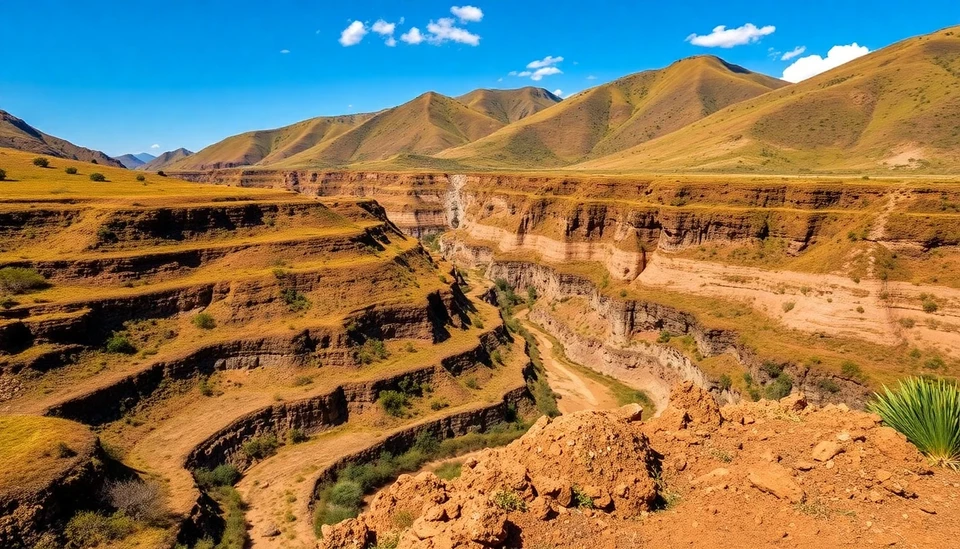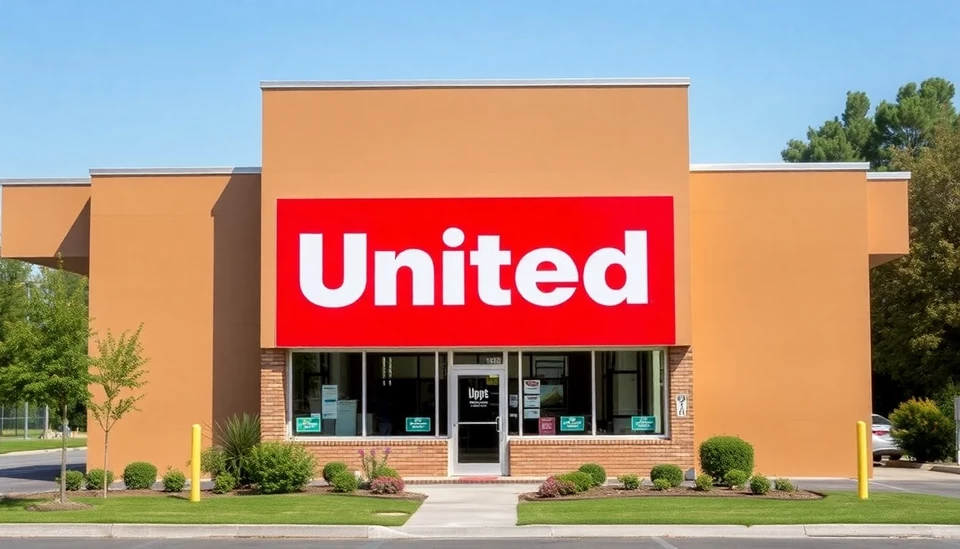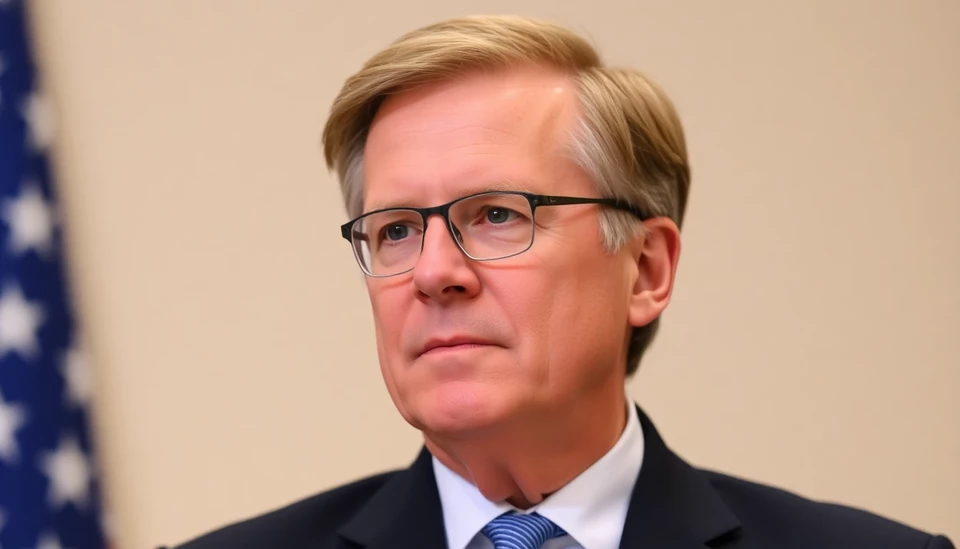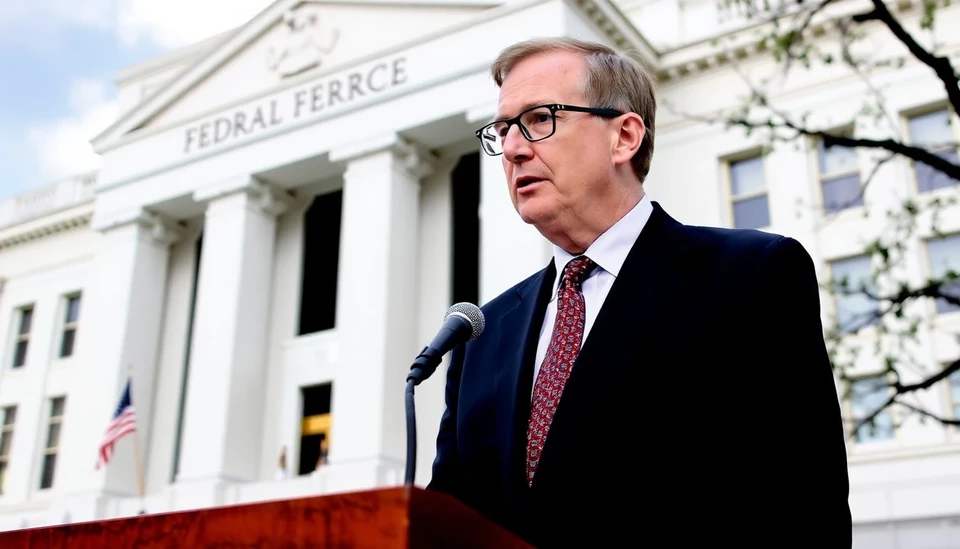
In a significant clash between Indigenous rights and the burgeoning copper mining industry, Peru finds itself at a crossroads. With projections indicating that the demand for copper will surge to unprecedented heights by 2025, conflicts between mining corporations and Indigenous communities have reached a boiling point. This article delves into the intricate dynamics at play, spotlighting how the drive for copper is reshaping the future of these communities and the environment they inhabit.
As countries around the globe pivot towards renewable energy, copper has emerged as an essential component in the transition, sparking a rush for mining operations. Peru, rich in natural resources, is positioned as a key player, particularly with its vast copper reserves. However, this appetite for copper is not without its severe repercussions. Mining projects often encroach on ancestral lands of Indigenous peoples, igniting debate and dissent.
One emblematic case of this struggle can be observed in the region of Apurímac, where the proposed Tía María mining project has faced staunch opposition from local Indigenous groups. These communities argue that their rights are being overlooked in favor of economic gain, leading to a demand for greater recognition of their territorial claims and environmental concerns. The government’s push for economic growth through mining juxtaposes the need for sustainable development and the protection of Indigenous livelihoods.
Moreover, the social fabric of these communities is under strain as tensions escalate. Protests, roadblocks, and confrontations with law enforcement have become commonplace as Indigenous groups advocate for their rights and fight against what they perceive as exploitation. These conflicts have not only drawn national attention but have also sparked international human rights discourse, shining a light on the ethical implications of mining practices within Indigenous territories.
As the Peruvian government grapples with fostering economic development while addressing the legitimate grievances of Indigenous populations, the future landscape of mining in the region remains uncertain. Industry stakeholders are calling for dialogue and negotiation, suggesting that a collaborative approach could yield beneficial outcomes for both the mining sector and Indigenous communities.
As global demand for copper continues to rise, the balance between industry needs and Indigenous rights will likely remain a contentious battleground in Peru. With the stakes higher than ever, the nation’s ability to navigate these complexities will be vital in shaping its social, economic, and environmental future.
In conclusion, the looming copper conflict casts a spotlight on the broader implications of resource extraction in an era of change. The fates of Indigenous communities hang in the balance, prompting ongoing reflections on how societies value both environmental stewardship and economic advancement.
#CopperConflict #IndigenousRights #MiningPeru #SustainableDevelopment #TiaMaria #EnvironmentalProtection
Author: John Harris




